The Fiat Chrysler Automobiles (FCA) and Groupe PSA merger in the latter part of 2019 came about as a means to give both FCA and PSA better chances of survival. As we enter into 2020 and what will be a formulative couple of years, as the new FCA/PSA entity tries to prove the deal beneficial to both companies, understanding how the merger came about gives insight that it is more than an ordinary automotive deal. Recently Bloomberg published a fascinating account of what transpired behind the scenes. We feel it is worthwhile sharing as we wonder how successful the FCP/PSA marriage will be and what will become of Citroen in the long term:
Billionaire clans such as the Fords, Porsches and Peugeots tend to flock together. They rub shoulders in the back rooms of car shows, mingle at high-society events and share trepidations about the auto industry’s fate. But they rarely combine their fortunes, at least until now.
The willingness of the Peugeot and Agnelli clans to join forces reflects the extent of fundamental change sweeping the industry as disruptive technology prods dynastic families to loosen their attachment to tradition.
Personal ties helped facilitate the union. In May, John Elkann, the 43-year-old head of the Agnelli family and future chairman of the combined group, was getting ready to announce a very different deal — a tentative agreement to combine with PSA’s fiercest rival, Renault SA.
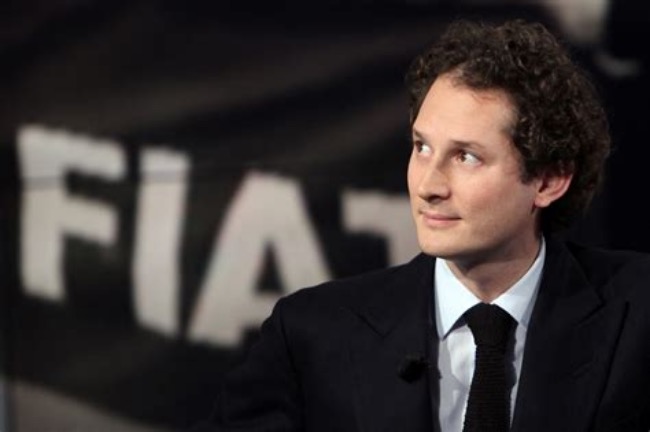
Carlos Ghosn, the former head of Nissan Motor Co. and Renault SA, who was arrested in Japan and awaiting the first of two trials in Tokyo, somehow on December 29, 2019, evaded heavy surveillance and restrictions on his freedom of movement managing to flee to Lebanon. He disclosed on January 8, 2020, at a press conference, that talks were on with Fiat Chrysler Automobiles (FCA) for a merger with Renault-Nissan just before his arrest in November 2018.
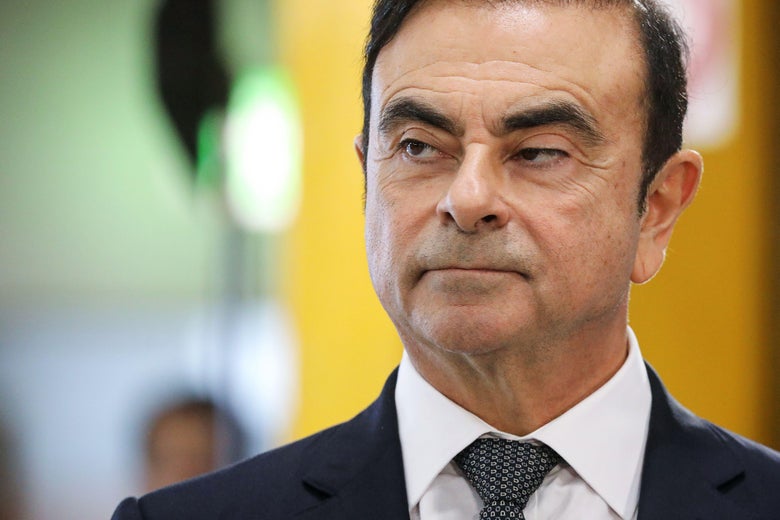
Had his arrest not happened, it is quite likely that a new marriage would have taken place and catapulted the alliance to a formidable top spot in global rankings.
According to Ghosn, this was nipped in the bud when he was jailed in Tokyo. FCA had reached out for merger talks with the alliance but withdrew their offer in just 10 days. This was due to the French government’s insistence that Renault first focus on rebuilding its ties with Nissan instead of going in for an all-new alliance.
Discussion efforts on Elkann’s part with Renault-Nissan continued until a tentative agreement announcement was about to be disclosed by Elkann in May 2019, but before he did that, the lanky Italian heir visited Robert Peugeot for dinner in his apartment in Paris’s affluent 16th district. The two, who had often dined together and shared a common passion for good wine. But this time was different. Elkann was there to effectively write off the prospect of the Agnellis and Peugeots working together.
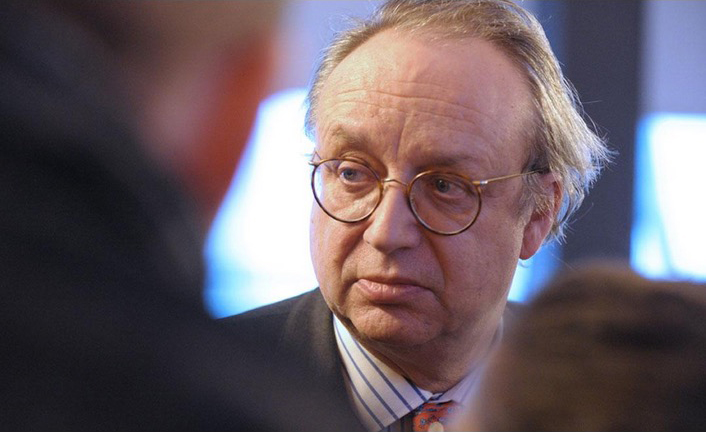
While the message was serious, Elkann’s gesture was a sign of respect for a family relationship going back to the dawn of the automotive age. The depth of those ties would soon prove valuable when Fiat Chrysler’s deal with Renault abruptly collapsed. That opened the door again to a combination that had been discussed more or less seriously for years.
Fiat and PSA “have helped define our industry from its very origins more than a century ago,” Elkann wrote in a letter to employees following the announcement of the decision to merge. “Now we are joining forces to write a new, even more ambitious chapter in the history of the automobile.”
The deal gives the two dynasties better chances of survival. In part due to the burden of tradition, Peugeot and Fiat had struggled with similar issues in the modern automotive era. Both focused for too long on the congested European auto market — and especially on low-margin compact cars well-suited for narrow Italian and French streets. The companies were both slow to expand in China and essentially absent in the U.S. before Fiat joined with Chrysler following its 2009 bankruptcy.
While the families are close, Fiat and PSA have been intense rivals for more than a century. In 1893, six years before Giovanni Agnelli was among those who founded Fiat SpA, the first car circulating in Italy was a Peugeot — a Type 3 sold to an industrialist in a northern town. The buzz made its way to Agnelli, a cavalry officer from a wealthy family who became interested in automobiles. He joined the effort in Turin that became Fiat and began selling its first car, the Fiat 3 1/2 HP, in 1899.
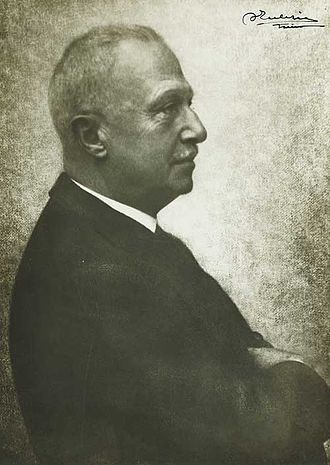
Roughly 120 years later, both families will lift their hands from the steering wheel in one respect: neither are expected to have a controlling stake in the combined entity. The Agnelli family’s holding company, Exor NV, will have a 14% stake, and the Peugeots will own 6%.
This would be a first for the Agnellis; the Peugeots lost their control following a 2014 bailout by the French government and Chinese automaker Dongfeng. The painful episode nevertheless left the company stronger — in no small part due to the efforts of PSA Chief Executive Officer Carlos Tavares, who will lead the combined company.
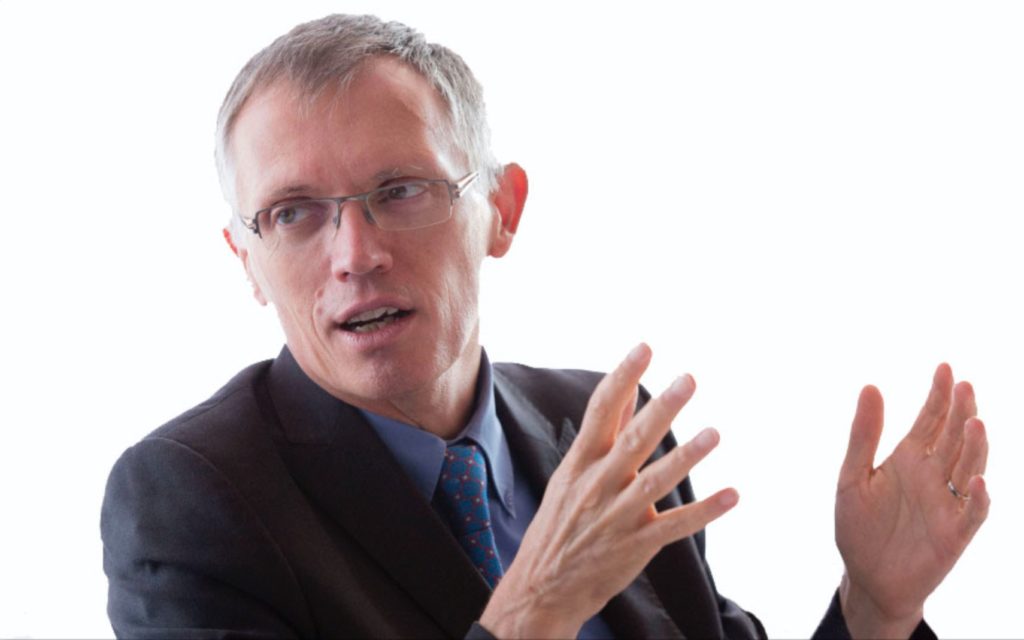
Elkann too will have a major role as chairman. He is close with other automotive heirs — Ford Motor Co. Chairman Bill Ford is a friend, and he is in regular contact with the Porsche family.
The Agnellis are worth at least $11 billion USD, according to the Bloomberg Billionaires Index, making them one of Europe’s wealthiest dynasties. Through Exor, they have investments including Ferrari NV, the Economist magazine, Italian soccer club Juventus and Fiat, the anchor of the family’s wealth.
The Peugeot clan are similarly embedded among France’s richest people. They have a net worth of more than $4 Billion USD and — like the Agnellis — hold a swath of their assets through a publicly listed holding company they control. Investments held by FFP include about 9% of Peugeot as well as stakes in the home appliance maker Groupe SEB, nursing home operator Orpea and a vineyard in Bordeaux.
On several occasions before this, one side or the other floated the idea of bringing together the two dynasties.
When Elkann and former Fiat CEO Sergio Marchionne went searching for partners to survive the 2008 global financial crisis, they approached the Peugeot family, which at the time didn’t want to engage with a manufacturer too dependent on the Italian market. Chrysler fell into Fiat’s lap because Marchionne convinced the U.S. government it could be made viable joining up with a company better versed in making more fuel-efficient small cars.

In 2013, Emmanuel Macron, then a top adviser to French President François Hollande, pitched the idea to Fiat about merging the company with a troubled Peugeot. At the end of 2014, Marchionne was told by some of his advisers that Peugeot’s new CEO Tavares was interested in discussing a deal.
The idea gained momentum around the start of 2019. In the clubby automotive world, executives routinely rub shoulders at car shows and other industry events. The French government, for its part, made no secret of its preference for PSA to merge with Fiat Chrysler, rather than Renault, and representatives of the Finance Ministry met regularly with Tavares, Elkann and Robert Peugeot.
By October, five months after Elkann and Peugeot dined together in the French capital, the possibility of a combination was within reach — Stella was the code name for PSA, Paris for Fiat Chrysler. The two companies reached a breakthrough during a four-hour weekend session of meetings in Paris. Tavares and Elkann hashed out the final details.
To make the deal work for shareholders, the two families will have to avoid any nationalistic pitfalls that have foiled deals in the past. In 1968, Fiat bought 49% of Citroën and planned to fold the unit into its operations. But the company hit a wall due to opposition from the French state. Five years later, Fiat returned the shares to Paris and Citroën was acquired by Peugeot in 1974.
“The task is still hugely complex and there will inevitably be problems,” Max Warburton, an analyst with Sanford C. Bernstein, said in a note to clients. “But we believe there will be less dancing around, less cultural impediments and fewer stupid power games than we’ve seen in many auto-sector deals.”
Under the merger deal the Peugeot family will own a 6.2% stake in PSA and FCA, and will aim to increase its holding as soon as possible, said Jean-Philippe Peugeot, who heads the family’s Etablissements Peugeot Freres holding company, in a recent newspaper interview with the French newspaper L’Est Republicain. Under the terms of the deal, the Peugeot family can increase its shareholding by up to 2.5% only by acquiring shares from French state investment bank Bpifrance Participations and China’s Dongfeng Motors, which are both also PSA shareholders.

